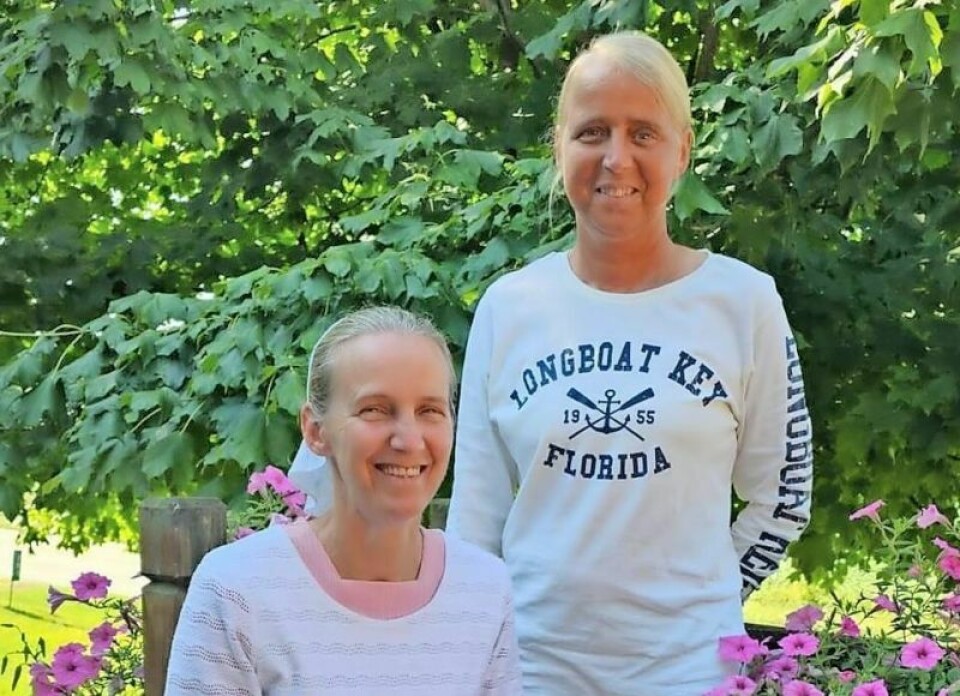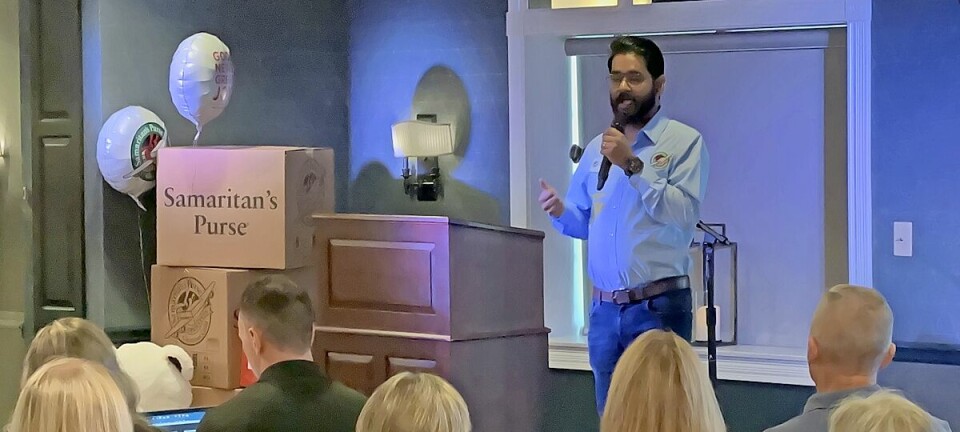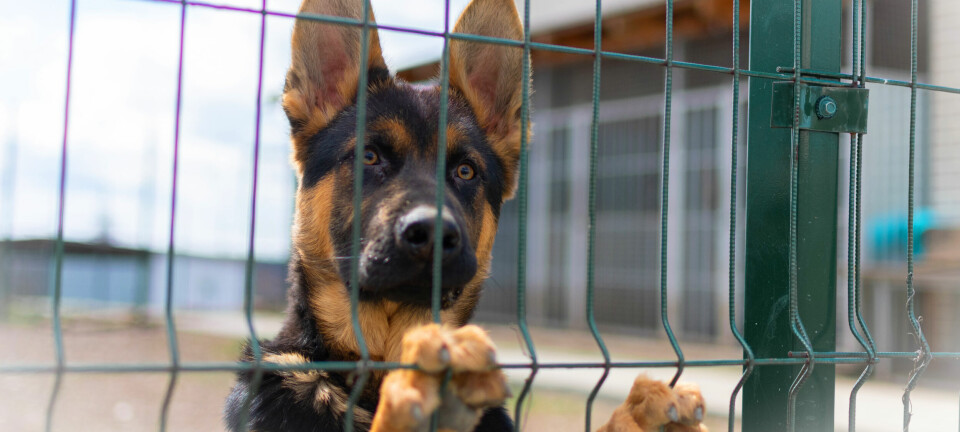Holmesville woman marks 20 years with kidney her sister donated

Barb Miller was just 27 years old when her body started going haywire. The Holmesville resident, unbeknownst to her, was suffering from hypertension, with her blood pressure shooting off the charts.
“My ankles would swell up, and they would break out with what almost looked like hives,” Miller said. “It was painful. It hurt. My doctor didn’t know what it was. He just sent me back home. It disappeared for that winter. Then the next July, it came back, and it was a lot worse. My feet would hurt. My legs would swell up to my knees.”
Doctors detected a kidney problem. Miller was sent to Akron for a battery of tests. They found her kidneys hadn’t been doing their job, which in layman’s terms means her body was polluting itself, unable to filter out the contaminants in the bloodstream, the kidneys’ chief job.
“By then it was way too late, and my systems were getting all fouled up,” Miller said. “I was in pretty bad shape. I couldn’t wear any shoes that whole summer.”
Told she needed a kidney transplant for survival, let alone to cure her ills at the time, Miller broke down crying. She went on the donor list and then went on dialysis.
Dialysis is a mechanical miracle of sorts in that it keeps those in renal failure alive until a replacement kidney can be found. Without dialysis those in end-state renal failure will die fairly quickly.
Dialysis, though, also is a debilitating procedure that must be undergone at least three times a week for several hours. Dialysis patients are essentially disabled because its effects can be devastating and include exhaustion, among a host of others.
“Those were really long, depressing years,” Miller said. “Everyone would get up in the morning and go to work, and I couldn’t really go to work.”
She needed a new kidney and got one when her sister Susie turned out to be a perfect match.
In 2022 more than 25,000 kidney transplants were performed in the United States alone, according to the United Network for Organ Sharing. A kidney donated from a living donor will last from 20-25 years.
Those are today’s numbers.
When Miller received her kidney in 2004, the average graft survived about 10 years, and patients had a 75% survival rate after a decade.
“They told me five years is good; 10 years is better,” Miller said.
Which is why when she celebrated the 20th anniversary of her new kidney this summer, she enjoyed the occasion to the best of her abilities, which thanks to the kidney are plentiful.
Where dialysis limited what she could do for a year or two, Miller now enjoys a full life. She gardens and does landscaping around the house while working full-time. She has been normal for so long she forgets she once was living a very limited life.
“I guess to be honest, after 20 years, you kind of get in your routine again,” she said. “You don’t forget about it, but you work every day and go on with your life.”
Miller still lives the life of a transplant recipient, which is a little bit different for everyone but almost always includes a rigid routine of medications to control rejection. Those who stay true to their protocol can do very well for a long time, as Miller exemplifies.
As a veteran of the transplant world, Miller said a healthy lifestyle is probably as important as anything to a transplant recipient. She also makes it clear that not only can nearly anyone be a kidney donor, but also nearly everybody should.
She said her sister is healthy 20 years after donating. She has seven kids, three coming after her donation. UNOS says donors seldom have complications, and that one remaining kidney is as good as two.
“She would definitely encourage anybody and everybody to give somebody a kidney,” Miller said of her sister. “Once you have one, it grows, and it does the job.”
























